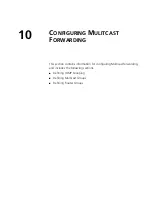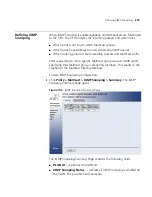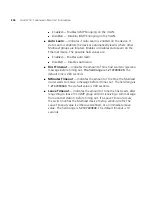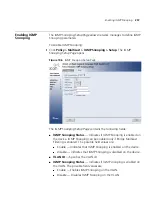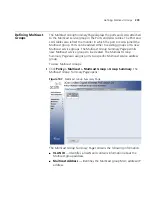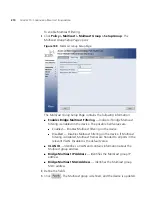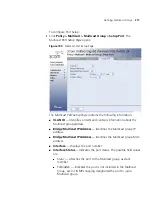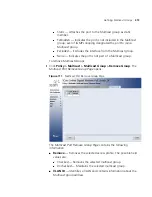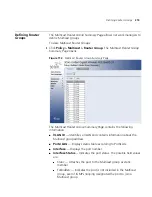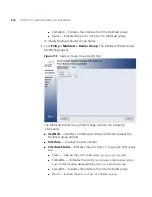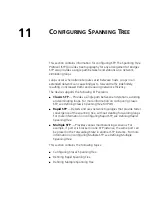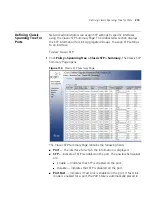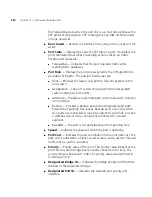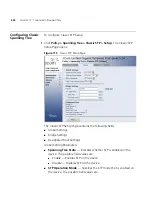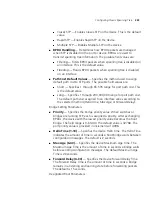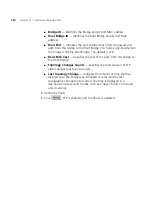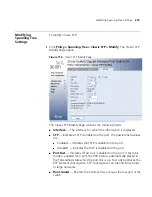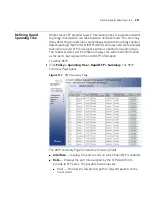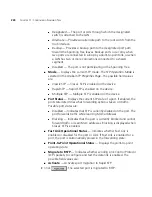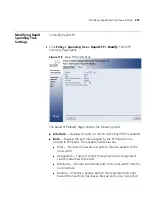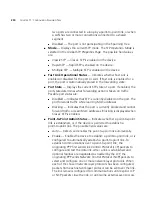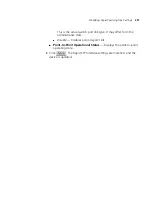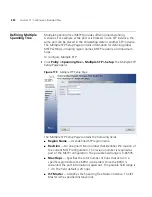
11
C
ONFIGURING
S
PANNING
T
REE
This section contains information for configuring STP. The Spanning
Tree
Protocol
(STP) provides tree topography for any arrangement of bridges.
STP also provides a single path between end stations on a network,
eliminating loops.
Loops occur when alternate routes exist between hosts. Loops in an
extended network can cause bridges to forward traffic indefinitely,
resulting in increased traffic and reducing network efficiency.
The device supports the following STP versions:
■
Classic STP
— Provides a single path between end stations, avoiding
and eliminating loops. For more information on configuring Classic
STP, see
Defining Classic Spanning Tree for Ports
.
■
Rapid STP
— Detects and uses network topologies that provide faster
convergence of the spanning tree, without creating forwarding loops.
For more information on configuring Rapid STP, see
Defining Rapid
Spanning Tree
.
■
Multiple STP
— Provides various load balancing scenarios. For
example, if port A is blocked in one STP instance, the same port can
be placed in the
Forwarding State
in another STP instance. For more
information on configuring Multiple STP, see
Defining Multiple
Spanning Tree
.
This section contains the following topics:
■
Configuring Classic Spanning Tree
■
Defining Rapid Spanning Tree
■
Defining Multiple Spanning Tree
Summary of Contents for 3CRUS2475 24
Page 137: ...Defining LAG Membership 137...
Page 139: ...139 Defining Voice VLAN Defining GVRP...
Page 194: ...194 CHAPTER 9 CONFIGURING IP INFORMATION Static Indicates the ARP entry is a static entry...
Page 197: ...Defining ARP Interface Settings 197 Unchecked Maintains the current ARP entries...
Page 321: ...320 APPENDIX C TROUBLESHOOTING...
Page 329: ...328 APPENDIX GLOSSARY...

